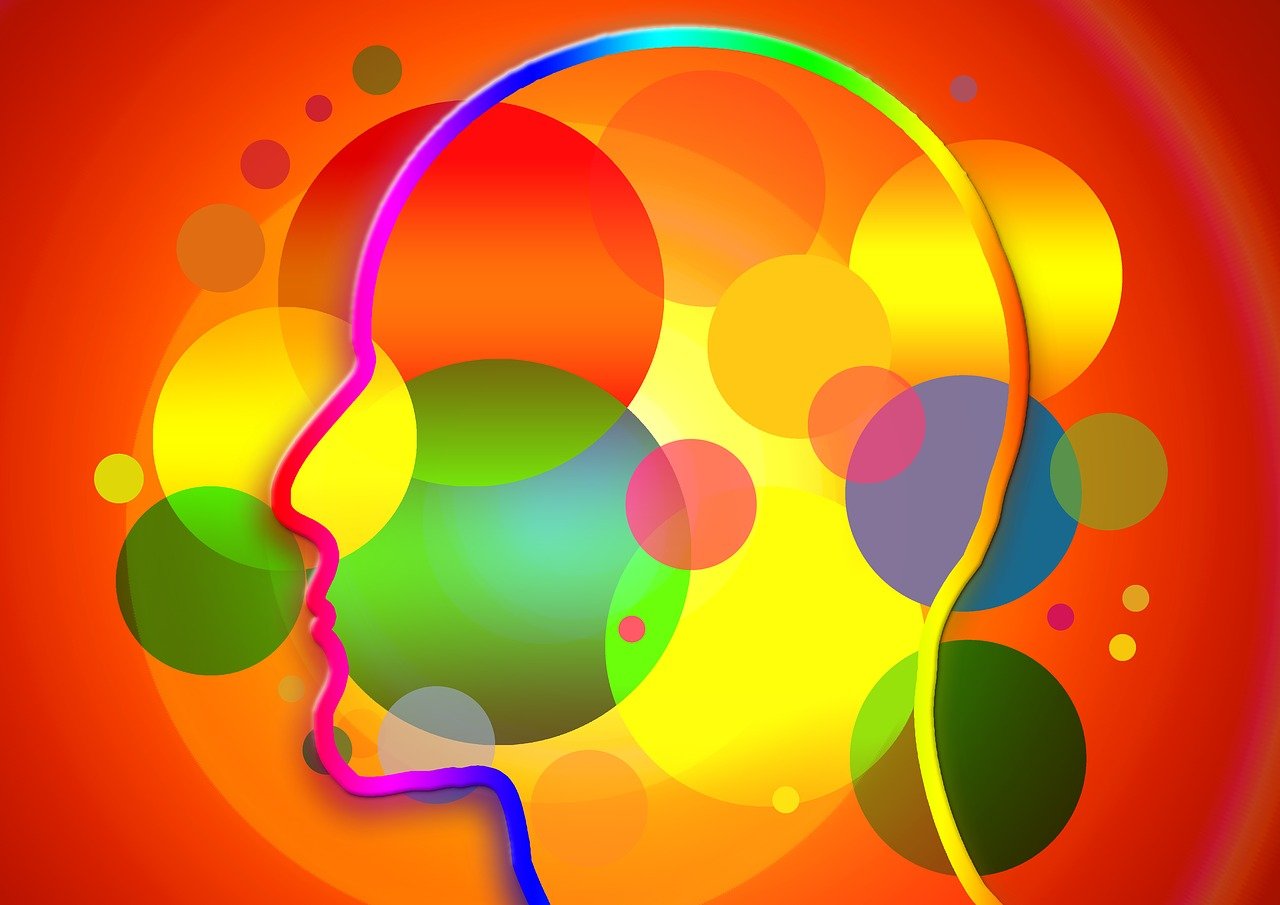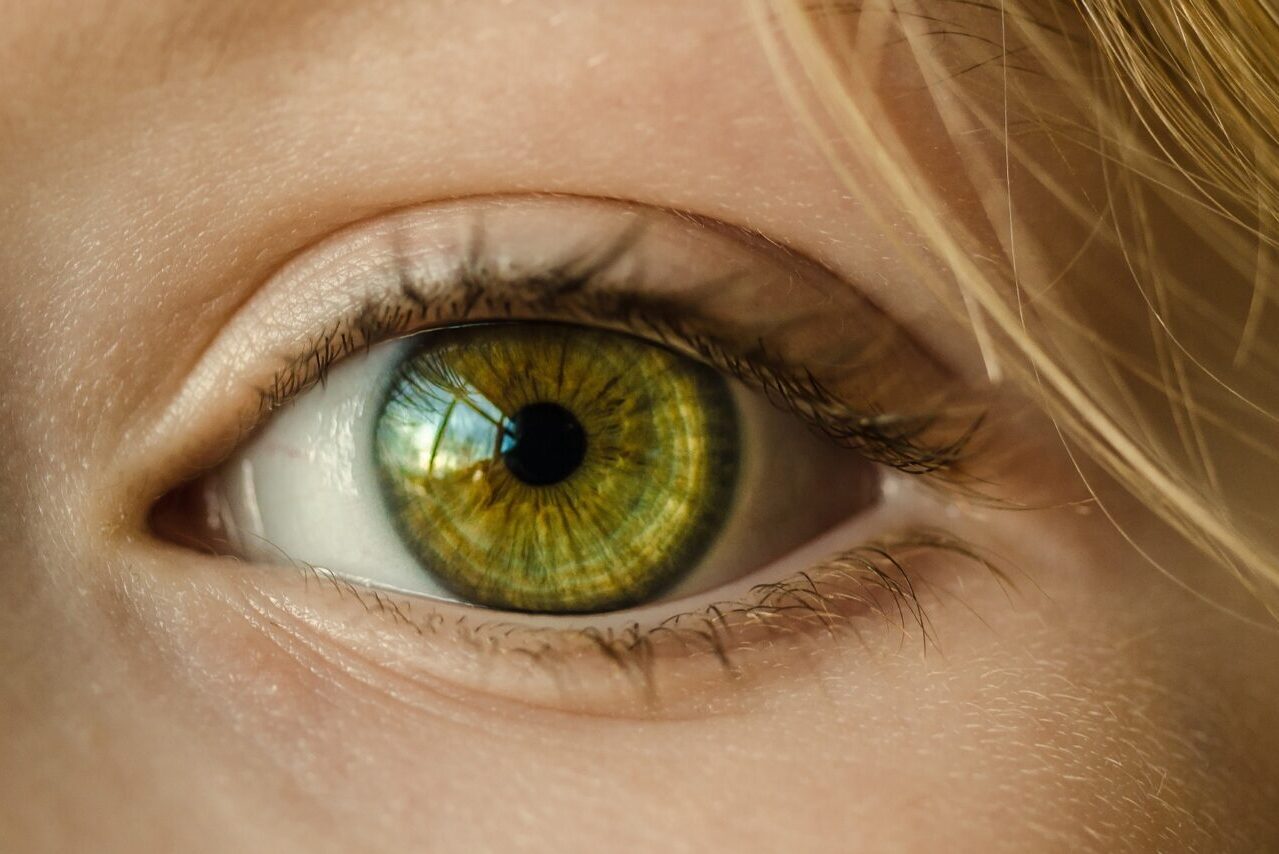A cardiac arrest induced brain injury can disrupt any part of the sensory system that transmits and processes sensory information; hearing, sight, smell, taste and touch.
By combining and interpreting information from the different senses, the brain is able to provide the body with a multisensory experience. The sensory systems are interrelated with many parts of the brain and this explains why it is relatively common to have some sensory disturbance after an acquired brain injury (ABI).
Some problems are temporary, whilst others will be permanent.
Hypersensitivity
Some people find that exposure to normal, everyday levels of particular stimuli (e.g. bright lights, loud noises or touch), is now uncomfortable, overwhelming and/or distressing. This problem may be referred to as ‘hypersensitivity’, ‘over stimulation’ or ‘sensory overload’. This may lead to fear, anxiety and avoidance of particular stimuli (e.g. keeping curtains drawn to avoid light) and environments (e.g. avoiding noisy situations such as supermarkets).
It is more common for people to experience loss of sensory function rather than ‘hypersensitivity’ following a brain injury.
Examples of sensory loss include:
- Loss of sense of smell/taste
- Hearing impairment
- Sight loss or visual disturbances
- Changes to sense of touch
Sensory overload
Common problems experienced after a brain injury include cognitive impairments of processing and attention. This may result in the person experiencing overload in relation to sensory stimuli.
Due to changes in attentional ability, screening out intrusive background stimuli may be more difficult e.g. dripping tap, another person’s conversation, sunlight. This means that background stimuli can often monopolise the person’s attention, potentially leading to the person becoming distracted in the context of trying to complete a task. This may result in failure to complete the task which may be associated with frustration and potentially anger.
In the context of changes in attentional ability, it is helpful to try and limit intrusive background stimuli e.g. dripping tap in order to maximise the person’s attentional ability.
In the context of cognitive changes described above, the person may become preoccupied with trying to block out/ignore intrusive stimuli. This can result in the development of unhelpful avoidance behaviours (arising from attempts to block out as much of the intrusive stimuli as possible). This could potentially lead to a situation in which the person is going to extreme lengths to avoid certain types of sensory stimuli e.g. habitually wearing earplugs to reduce the impact of noise or wearing sunglasses to decrease the impact of light. Similarly, if someone experiences headaches associated with sensitivity to sound or light, then this can also lead to avoidance behaviours.
Avoidance behaviours
Avoidance behaviours may lead to ‘hypersensitisation’ of, for example, auditory and visual sensory systems, resulting in even modest intensity stimuli being experienced as uncomfortable i.e. feelings of overwhelm/sensory overload/hypersensitivity to the problematic stimuli. As exposure to more intense stimuli is experienced as uncomfortable, this can be compounded by thoughts that particular sensory experiences are harmful, for example, exposure to sound will further damage hearing or exposure to bright light is harmful. A cycle of overprotection with progressively worsening symptoms may emerge, the whole process potentially being magnified by associated anxiety.
It is important to be aware that sensitivity to light and noise are very common symptoms after a mild brain injury.
PTSD
Also, be aware that changes in sensory processing after a brain injury might contribute to post-traumatic stress disorder (PTSD).





